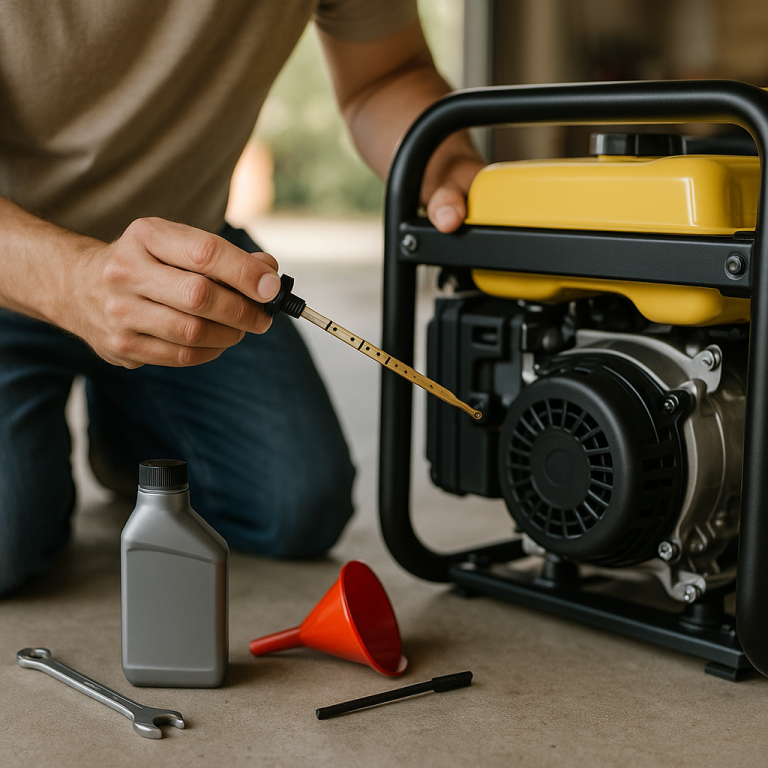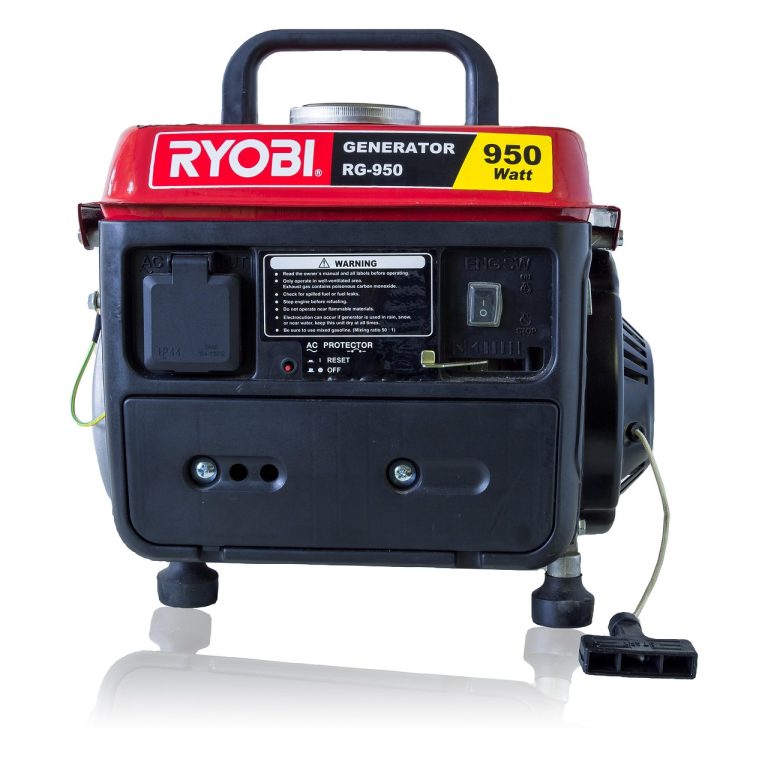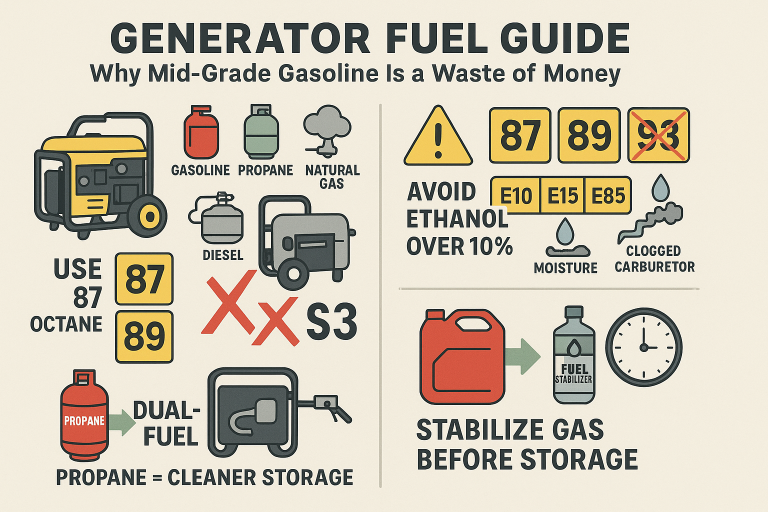How do I properly transport my portable generator?
As a portable generator owner, it’s important to know how to properly transport your generator to ensure its safety and longevity. Whether you’re taking it to a job site, a camping trip, or simply moving it from one location to another, there are certain precautions you should take to ensure it arrives in good working condition.
In this article, I will go over the basics of properly transporting a portable generator, including the different types of transportation methods, the necessary equipment and materials, and some important safety tips to keep in mind.
Types of Transportation Methods
There are several types of transportation methods available for portable generators, each with its own set of pros and cons. The most common types are:
- Pick-up truck: This is a common method for transporting generators to job sites or remote locations. It’s a reliable and secure way to transport a generator, but it can be difficult to load and unload a heavy generator by yourself.
- Trailer: This is another common method for transporting generators to job sites or remote locations. It’s a reliable and secure way to transport a generator, but it requires a vehicle that can tow a trailer, and it can be difficult to maneuver a trailer in tight spaces.
- Hand truck: This method is used to transport smaller and lighter generators, such as inverter generators. This is a convenient and easy way to transport a generator, but it can be difficult to navigate stairs or uneven terrain.
Equipment and Materials
Before transporting your generator, you’ll need to gather the necessary equipment and materials. These may include:
- Wheel chocks: These are used to keep the generator from rolling or shifting during transport.
- Safety straps: These are used to secure the generator to the transportation method.
- Gloves: These are used to protect your hands while handling the generator.
- Proper safety gear: Always wear a hard hat, eye protection, and steel-toed shoes when handling and transporting generators.
Safety Tips
Before transporting your generator, it’s important to keep a few safety tips in mind:
- Always follow the manufacturer’s instructions when transporting a generator.
- Always secure the generator with wheel chocks and safety straps to prevent it from rolling or shifting during transport.
- Always wear gloves and proper safety gear when handling a generator.
- Always turn off the generator and disconnect the fuel source before transporting it.
- Always make sure that the generator is properly secured and balanced on the transportation method before moving it.
- Never transport a generator that is hot or has just been used, wait until it cools down before moving it.
Let’s say you’re transporting a traditional generator that weighs about 150 lbs to a job site using a pick-up truck. Before loading the generator, you’ll need to gather wheel chocks, safety straps, and gloves. You’ll also need to make sure the generator is turned off and the fuel source is disconnected. Once the generator is loaded, you’ll need to use wheel chocks to keep it from rolling or shifting during transport and use safety straps to secure it to the bed of the truck. Once the generator is properly secured, you’ll be able to safely transport it to the job site.
Conclusion
In conclusion, properly transporting a portable generator is an important step in ensuring its safety and longevity. By following the proper transportation methods, using the necessary equipment and materials, and keeping safety in mind, you can ensure that your generator arrives in good working condition. It is also important to note that you should never transport a generator that is hot or has just been used, wait until it cools down before moving it to avoid any accidents.



